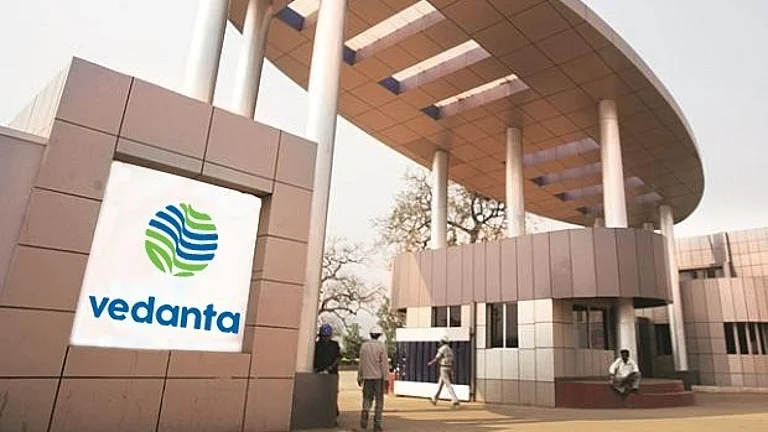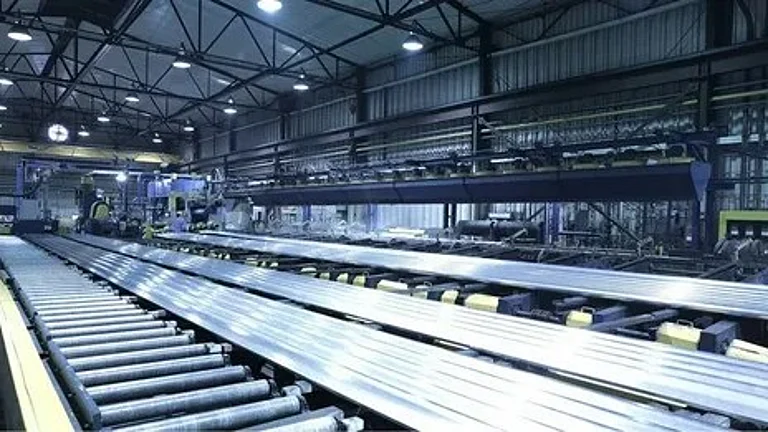If you thought the rising onion or egg prices have hit your household budget, which can somehow be managed, here is another big issue at hand especially if you earn part of income from bank deposits. With retail inflation touching 7.35 per cent, you are earning a negative rate of interest on fixed deposits by tidy 110 to 285 basis points. (1 percentage point equals 100 bps).
Apart from motivating people to save, another principal function of interest rate on fixed assets with assured returns, like the Fixed Deposit Receipts (FDRs), is to protect your money against inflation. Each time inflation moves up by a basis point, the value of rupee earned declines commensurately.
It is the job of the Reserve Bank of India to make sure that those saving and keeping their deposits in the banking system get a ''real rate'' of interest, which not only protects the savings but also acts as a catalyst to boost further savings. Now that the lenders have been mandated to fix their lending rates to external benchmarks like the RBI's repo rate of 5.15 per cent, with addition of their own margins, banks have been re-aligning deposit rates. For instance, State Bank of India has downwardly revised deposit rates from the new year. The deposit rates begin with 4.50 per cent and go up to 6.10 per cent.
The real interest rate is the difference between inflation and the returns on FDs. So, given the inflation at 7.35 per cent for December, 2019, you are earning a negative (or rather losing) return of 2.85 per cent on FDR with 4.50 per cent and 1.10 per cent on FDR with 6.10 per cent assured return. In other ways, your FDR is witnessing an erosion in valuation due to a five-year high of inflation, measured by the Consumer Price Index (CPI).
The CPI-measured inflation is expected to move further up in January 2020 to 8 per cent, according to a research report prepared by SBI. This means bank depositors would further bear wealth erosion. Irony is that even with this kind of negative real rate of interest, there is no discussion in the media-business TV channels or pink papers on the issue. One of the reasons for such an apathy for the bank depositors is the lack of avenues for them in an environment where banks are not able to lend even when deposits keep coming in. Besides, the stock market is highly skewed in favour of a select few companies, while the real estate sector is still battling with the past sins of builders and reckless lending by banks. We live in a distorted financial market.
The Ministry of Statistics and Programme Implementation puts out headline inflation month after month. It gives a break-up of rise in prices item-by-item, say of onion, vegetables, milk and milk products, pulses , education , communication and so on. Interestingly, inflation is broken up further into state specific numbers with wide variations.
As per the state-wise data, depositor holders in Odisha and Telangana stand to lose the most since the inflation numbers in these states were in excess of nine per cent. Their real interest was a huge negative in excess of 300 basis points or 3 percentage points. Other states with inflation higher than the headline numbers included Tamil Nadu and Uttar Pradesh while Delhi was better off.
Hopefully, when RBI's Monetary Policy Committee unveils the next policy rates, the members consider the real interest rates, which were touted to be among the highest in the world by those looking for one after the other cut in the lending rates despite 135 bps reduction since February 2019 and downward revisions in deposit rates. As and when the CPI inflation moves down, there is a clamour for rate cuts. It is only fair the reverse option is considered when prices are rising much faster than the comfort level of four per cent of RBI.
The author is a Delhi-based senior journalist





























